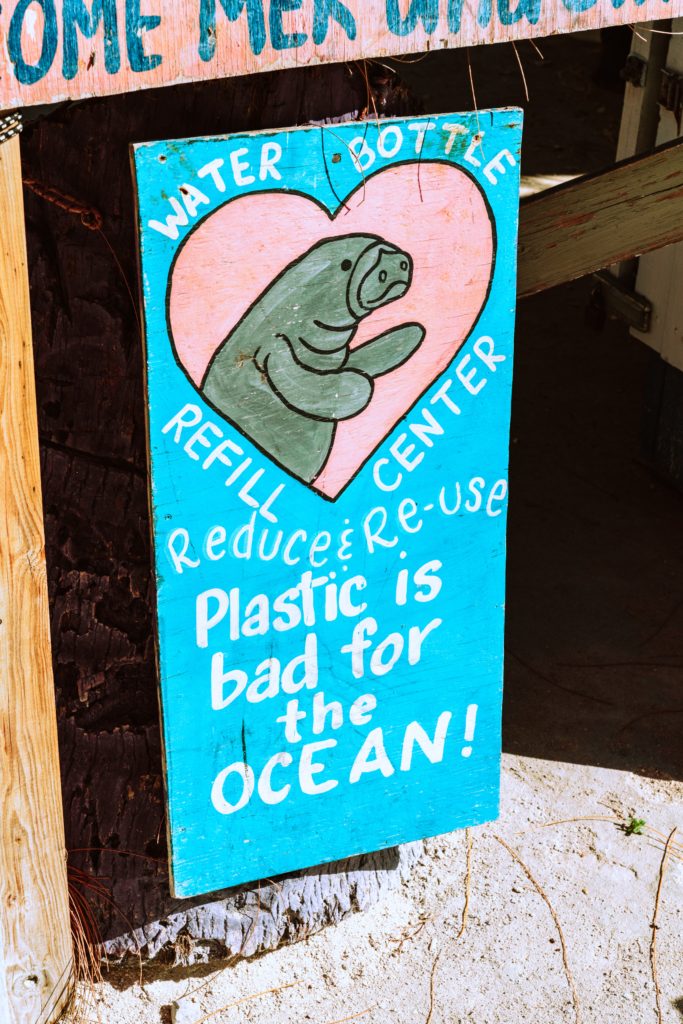What are the differences between oxo-biodegradable, degradable, and compostable plastic bags? Which ones are truly good for the environment?
There is some confusion about biodegradable vs. compostable materials, even in ecologically knowledgeable circles, so there is a need to clarify the differences. If you are confused about biodegradable vs. compostable plastic too, read on. Today’s blog will clarify the differences.
What Is the Difference Between Degradable and Compostable?
Is biodegradable the same as compostable?
No, these two categories are not the same. There are three categories of plastic bags that consumers need to be aware of before making any moves for recycling and composting. The first type is “oxo-biodegradable bags” Oxo-biodegradable bags are plastic bags that have chemical additives that cause the plastic to degrade over time quickly. What happens is the physical bag breaks apart into successively smaller pieces until the pieces become too small for the eyes to see.
However, note that the plastic breakdown at the physical level does not mean that it will turn into harmless biomass. The plastic is still solid at the molecular level, and it will still need hundreds of years to decompose fully. Oxo-biodegradable plastics only imitate natural decomposition. The plastic turns into microplastic fragments, which is not the same as true biodegradability.
The second class of plastics is degradable plastics. These can come from two subgroups: those made from PBAT and PCL and those manufactured from PET and PE technologies that are bio-based. Degradable plastics constitute a tiny fraction of the total plastic production in the world.
These plastics’ chemical properties cause the plastic to break down into CO2 and water over time with the help of certain microorganisms. If the plastic follows the strict standards on true biodegradation, then these plastics will not harm the environment as they break down within weeks.
The third class of plastics is called compostable plastic or “green plastics.” These plastics conform to ASTM D6400 standards. In Europe, the standard is EN 13432. These standards ensure that the plastic will biodegrade properly over time in an industrial composting facility.
What Is Plastic Biodegradable?
Biodegradable plastics necessarily include compostable plastics. The difference is in international standards that the manufacturers adhere to produce the said plastic. We can say that compostable plastics are part of the larger group of biodegradable plastics. However, in recent times, the name “biodegradable plastics” has been hijacked by manufacturers that create oxo-biodegradable plastics, and this is where the confusion comes from. The hijacking of the name probably means that they want to market their plastic products more, but this results in reliance on plastics that don’t decompose but merely break down into gradually smaller pieces.
To reiterate, there’s a difference between decomposition and physical breakdown. When we say that a plastic undergoes physical breakdown, it becomes smaller and smaller over time. Oxo-biodegradable plastics do not biodegrade as they don’t become water and carbon dioxide within 12 weeks, unlike compostable plastic. Instead, the plastic becomes tinier and tinier until you can’t see the plastic anymore. However, being invisible to the naked eye does not mean that the plastic has degraded and has become natural. The plastic is still physically intact, and it will still take hundreds of years for the tiny pieces of plastic to become fully degraded.
Some of you might be wondering: if plastic does degrade over time, then essentially everything is biodegradable, right?
If we look at the context of degradability, we need to highlight that we need plastics that degrade in weeks or months, not hundreds of years. So, these categories are necessary. We need plastic that will not fill up landfills and will turn to water naturally. Compostable bioplastics are modified chemically, but the feedstock is still the same. This means that they still use fractions derived from petroleum to create the extruded plastic that is then turned into bottles, bags, and other plastic products.
Many US states do not have programs that make very specific categorizations of plastic, so if we were to analyze the situation, the best choice for most consumers is bio-plastic or compostable plastic. Compostable plastic can be used for agricultural applications without risk to the planet. These plastics will first be biodegraded in the appropriate industrial composting facilities before being shipped out to be used as composting material.
How Long Does Biodegradable Plastic Take to Decompose?
Genuine compostable plastic needs a maximum of 12 weeks to decompose into composting material fully. These plastics are safer for the environment because microorganisms can break them down until they end up as biomass – which can’t be said of ordinary plastics. Again, the plastic has to be modified by the manufacturers are the chemical level for natural decomposition to occur. Otherwise, the plastic will persist long after its period of usefulness to people.
It’s true that bioplastics are not always created with plant material. The majority of bioplastics are still manufactured with petroleum components, so there’s still that problem in the manufacturing chain. Our reliance on producing plastics from crude oil has its environmental problems, and the more we rely on plastics in general, the bigger the problem is. However, it’s a good thing that they have found a way to control the garbage problem by introducing plastics that break down truly over time. The decomposition of plastic is one of the biggest hurdles in science ever.
Recent news about how science tackles plastic yields that scientists are developing a bacterium that eats plastic, which is unheard of in the past century alone. If they can produce this bacterium and truly break down all kinds of plastic, we can vastly reduce the risk associated with landfills and the plastic being thrown into our oceans. For now, we are going to be happy with the fact that we have compostable plastic bags that turn into constituent parts of the soil when breaking down.


